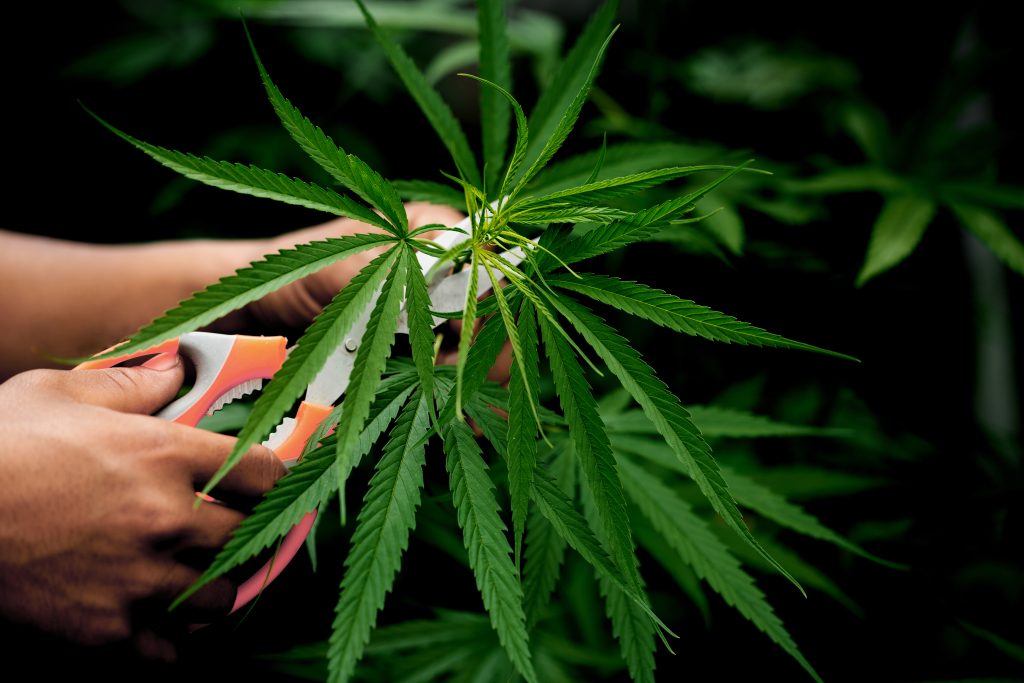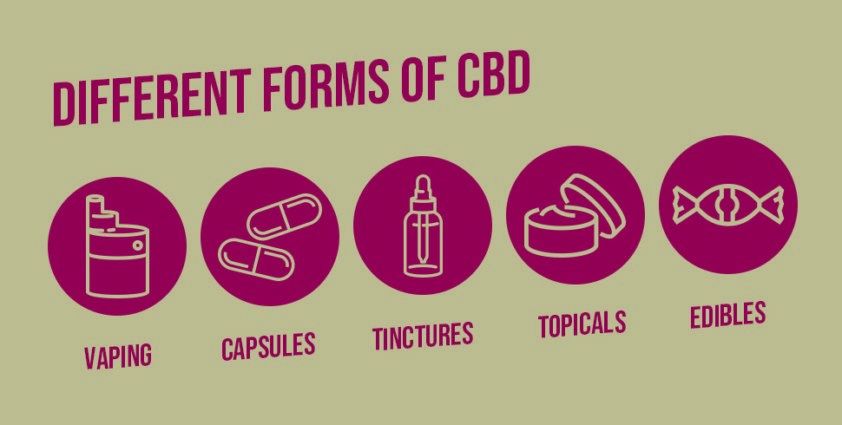Table of Contents
Overview:
You’ve probably heard of CBD by now, especially if you suffer from a chronic condition like pain or anxiety.
As more states in the United States legalise medical and recreational cannabis, the market has seen an influx of readily available CBD. Despite all of the publicity, many people are confused about what CBD is, how it can help them, and whether it is even legal.
If you want to try CBD but aren’t sure where to begin, we put together this quick, handy guide to answer your questions and dispel some of the common misconceptions about CBD and its uses.

What is CBD?
CBD stands for “cannabidiol.” It is the scientific name for a natural ingredient found in the Cannabis sativa plant. One of the many active compounds found in the Cannabis plant is cannabidiol (CBD).
This plant, which contains more than 80 cannabinoids, is also known as marijuana or hemp. Tetrahydrocannabinol (THC) is another active compound that is well-known due to its psychoactive properties — it is the one that gets you “high.”
CBD is not psychoactive, but it provides many of the same medical benefits as THC. This allows you to benefit from the therapeutic benefits without feeling “stoned,” which is often associated with THC.
However, marijuana-derived CBD products or CBD products containing THC may be more effective than hemp fiber. However, if you live in a state that has not yet legalised medical marijuana or if these strains are unavailable, You can still benefit from CBD products derived from industrial hemp.
Different ways to take CBD

CBD is available in a variety of forms. This enables people to tailor their usage to their specific needs. The following are the most common CBD forms:
Oils and tinctures
These liquids, usually oils, are infused with CBD and injected with a dropper under the tongue. The oral mucosa is packed with tiny capillaries that absorb the compounds quickly.
Oils and tinctures are a good alternative for people who cannot take pills or capsules.
Edibles
Gummies are a popular way to consume CBD. They’re inexpensive, portable, discreet, and tasty. There’s also no guesswork: you know exactly how much you’re taking.
Pills and capsules
CBD capsules and pills are used to treat seizure disorders and digestive issues on a systemic level. Epidiolex, the first high-potency CBD drug to treat seizure disorders, was recently approved by the Food and Drug Administration.
However, there is one disadvantage to capsule forms. The time between ingestion and onset of effect can be lengthy.
Vaping
Inhaling vaporised CBD oil, similar to e-cigarettes for CBD, is the quickest way to feel the effects. Compounds are inhaled and absorbed directly into the bloodstream from the lungs.
However, the jury is still out on whether vaping harms delicate lung tissue. If you decide to vape CBD, use caution.
How much should I start taking?
In general, you should begin with a low dose and gradually increase it. There may also be differences in the actual CBD content of different products. When starting a new package or changing dose forms, proceed with caution.
It is essential to begin with a low dose until you understand how your body will react to CBD. Clinical studies have tested a wide range of CBD dosages, but more evidence is required before safe and efficient dose recommendations for specific uses can be made.
Most doctors would not recommend smoking or vaping cannabis because its effects on our lungs are not well understood. However, I’ve heard doctors recommend taking the oil as a tincture or capsule, or eating it baked into a cookie or brownie.
Takes away:
You want to have a decent first time, so start with 2.5mg and work your way up to your ideal dose, waiting 1-2 hours prior to actually adding more. Many brands of medicated edible products are available at cannabis dispensaries. Find the one that fits perfectly for you and enjoy.
